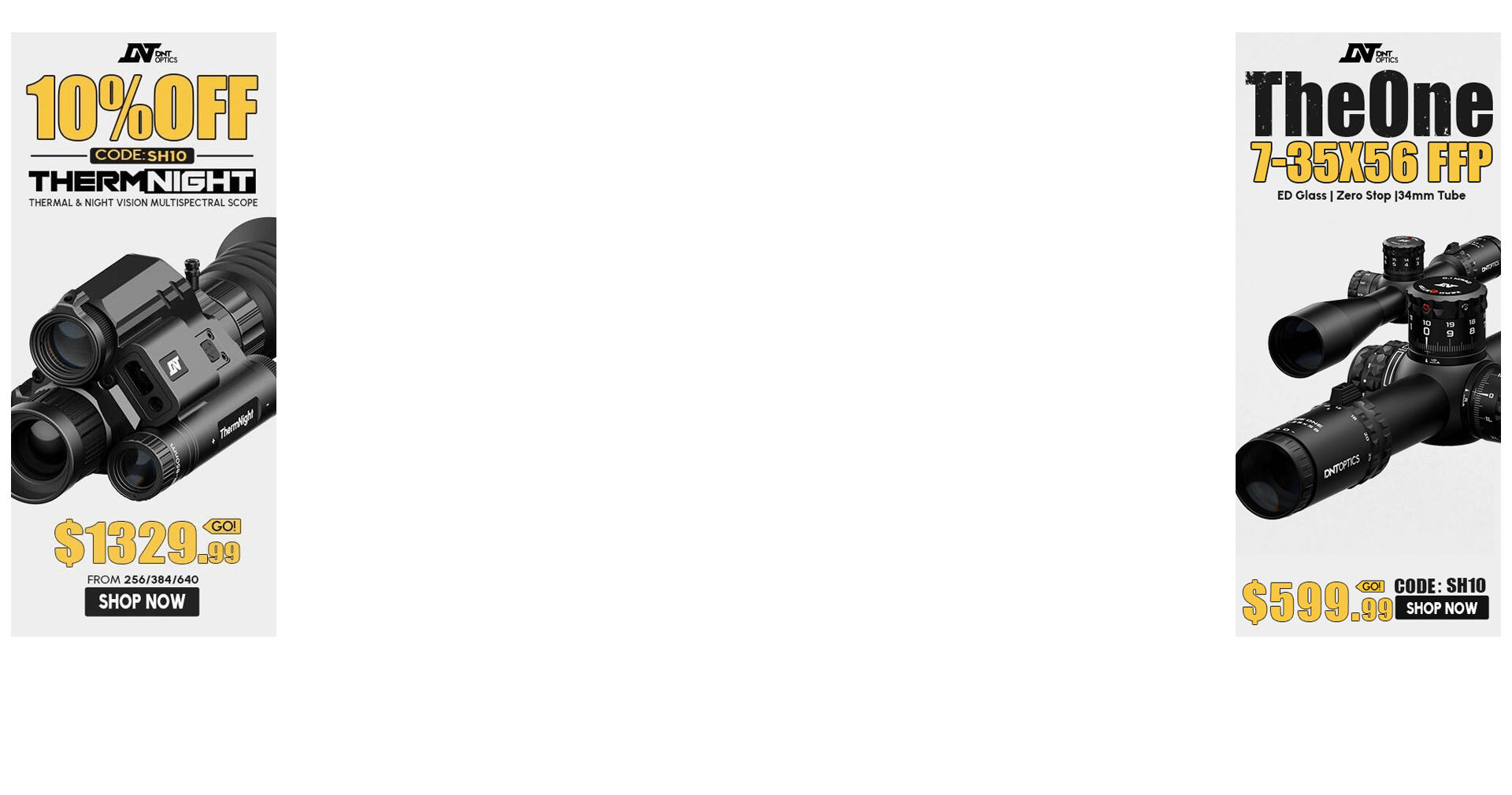I realize consistency is the key to precision shooting, and so, buying reloading components by similar lot # is desirable, but our current situation of being limited to 200 projectiles, 100 cases, etc at various online stores means mixed lots of components. I have 3 different lots of Hornady 140 gr OTM 6.5mm and don’t know what to expect regarding precision. I suspect my abilities will be a bigger issue, but all things equal—how much variability can be experienced in practical precision shooting?
can the more experienced reloaders comment on how much lot to lot variability a shooter can experience? Will one see 0.5 MOA between Berger & Hornady OTM? 1 MOA?
or, like reloads in a self defense shooting debate, is lot to lot variability more theoretical than actual/practical?
can the more experienced reloaders comment on how much lot to lot variability a shooter can experience? Will one see 0.5 MOA between Berger & Hornady OTM? 1 MOA?
or, like reloads in a self defense shooting debate, is lot to lot variability more theoretical than actual/practical?

